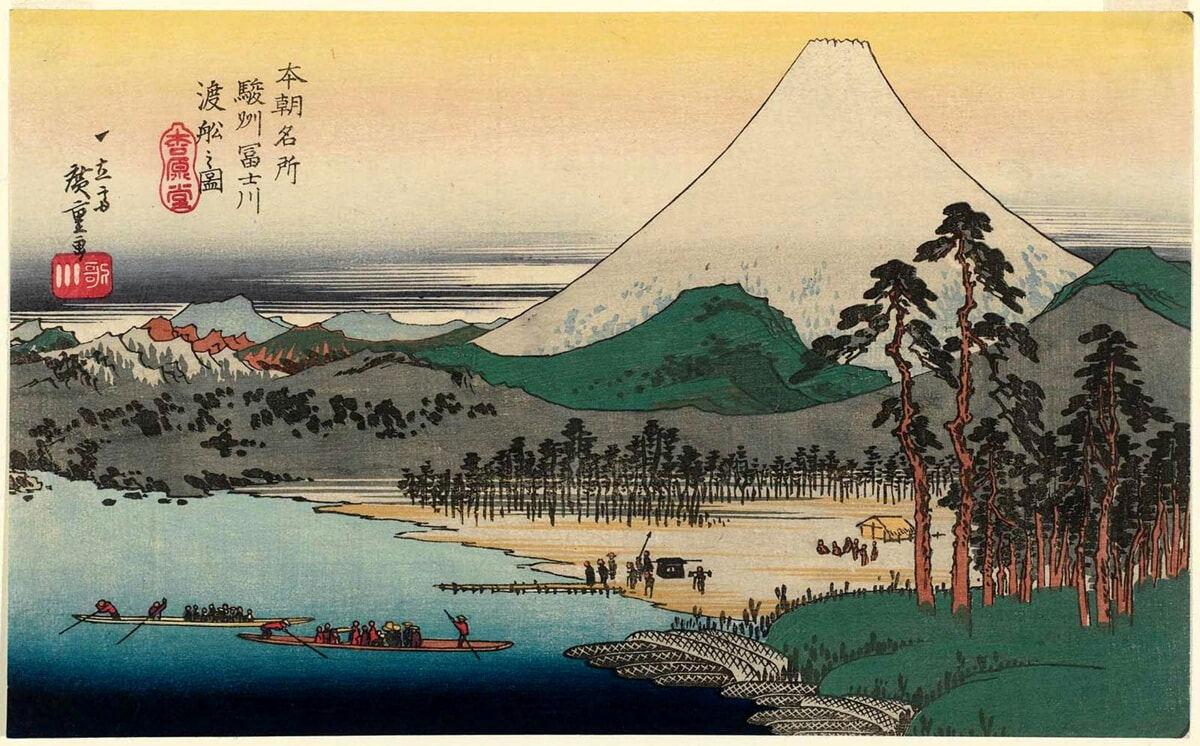Ukiyo-e, which translates to "pictures of the floating world," was a popular art form in Japan that was created during the Edo period (1603-1868). The term "ukiyo" refers to the transient and fleeting nature of life, while "e" means pictures. Ukiyo-e prints were produced using woodblock printing techniques and depicted scenes of everyday life, landscapes, kabuki actors, beautiful women, and folklore.
The origins of ukiyo-e can be traced back to the late 16th century when the city of Edo (present-day Tokyo) experienced a period of rapid urbanization and economic growth. The merchant class, known as the chonin, became wealthy and sought out entertainment in the form of kabuki theater, geisha performances, and pleasure quarters. Artists began to capture these scenes in woodblock prints, which were affordable and accessible to the masses.
One of the most famous ukiyo-e artists was Katsushika Hokusai, known for his iconic print "The Great Wave off Kanagawa." Hokusai's work has had a lasting impact on Western art and continues to inspire artists to this day. Another prominent artist was Kitagawa Utamaro, who was known for his portraits of beautiful women, or bijin-ga. Utamaro's prints were highly sought after and influenced the portrayal of women in Japanese art.
Ukiyo-e prints were mass-produced and sold in markets, making them accessible to a wide audience. The prints were often used as advertisements, calendars, and souvenirs. They were also collected by Westerners who were fascinated by Japanese culture and aesthetics. The popularity of ukiyo-e prints in the West had a significant impact on the development of Impressionism and Post-Impressionism in Europe.
Despite its popularity, ukiyo-e fell out of favor in Japan during the Meiji period (1868-1912) as the country modernized and Western influences began to dominate. However, the legacy of ukiyo-e continues to live on through contemporary artists who draw inspiration from its vibrant colors, bold compositions, and dynamic lines.
In conclusion, ukiyo-e was created during the Edo period in Japan and became a beloved art form that captured the essence of everyday life. Its influence can still be seen in modern art and design, making it a timeless and enduring cultural treasure.
